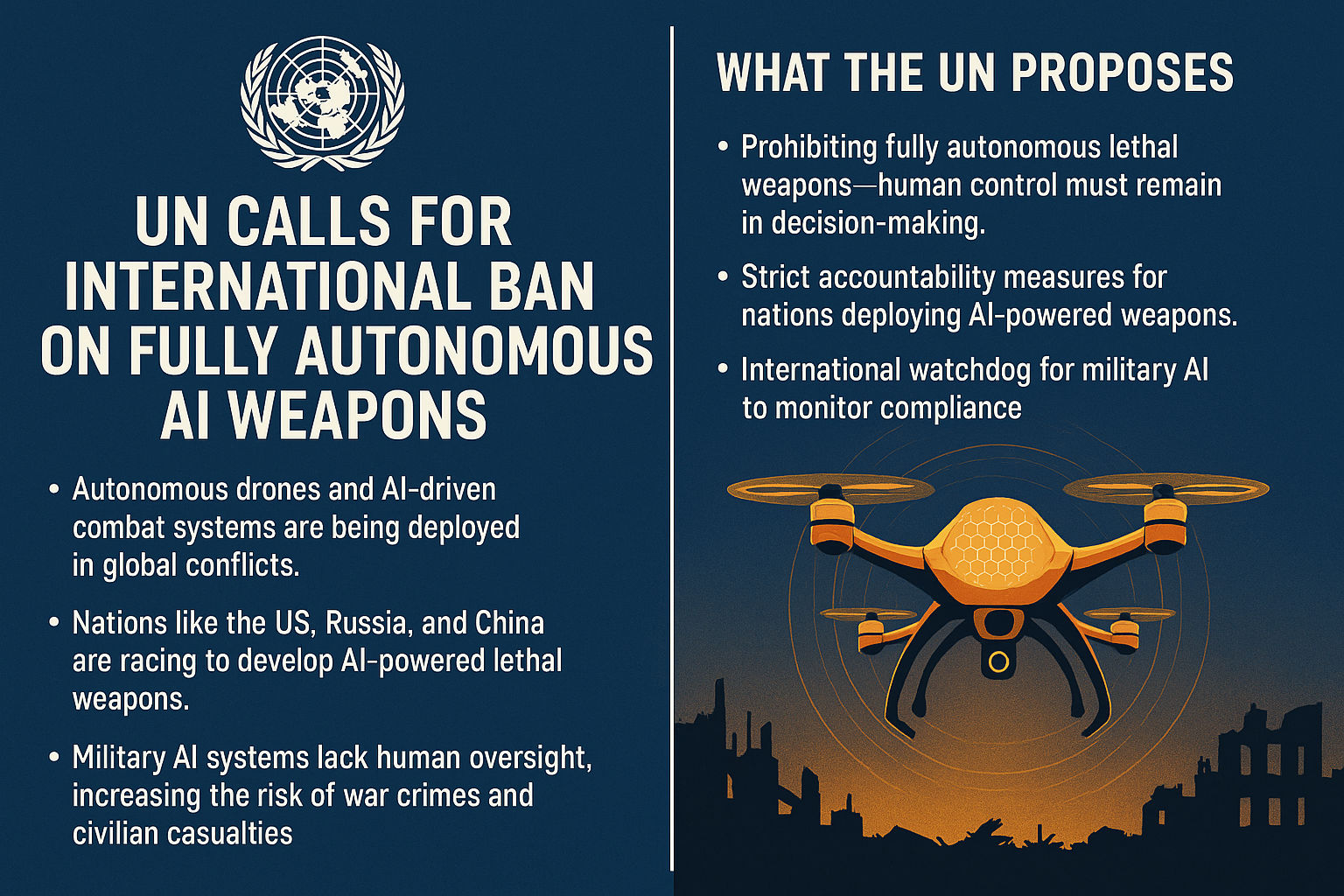Types of Asylum in International Law
Types of Asylum in International Law
1. Meaning of Asylum
Asylum is the protection granted by a state to a foreign national who is fleeing persecution or danger in their home country.
It safeguards individuals from extradition or punishment that would be unjust or oppressive.
2. Classification of Asylum
Broadly, asylum can be classified into two main types:
| Type | Description |
|---|---|
| Political Asylum | Protection granted to persons persecuted for their political beliefs, opinions, or activities. |
| Non-Political (or Territorial) Asylum | Protection granted for reasons other than politics, such as criminal prosecution, social persecution, or humanitarian grounds. |
3. Detailed Explanation
3.1 Political Asylum
The most common and widely accepted form of asylum.
Granted to refugees who face persecution due to political opinions, membership of political parties, dissidence, or activities against a government or regime.
Political asylum is often recognized as a fundamental human right.
Legal Basis:
Universal Declaration of Human Rights (Article 14) states the right to seek asylum from persecution.
Various regional instruments, e.g., 1951 Refugee Convention.
Example:
A dissident fleeing imprisonment for criticizing their government may seek political asylum.
3.2 Non-Political or Territorial Asylum
Granted to persons facing persecution or danger not related to politics.
Includes protection for:
Religious persecution
Ethnic or racial persecution
Social persecution
Humanitarian reasons (e.g., fleeing war zones or natural disasters)
May also include cases where individuals face criminal charges, but where prosecution would be unjust or discriminatory.
Controversy:
Some states limit asylum strictly to political cases, refusing territorial asylum in criminal matters.
4. Other Classifications
Sometimes, asylum is also classified based on the place where it is granted:
| Type | Description |
|---|---|
| Diplomatic Asylum | Asylum granted within diplomatic premises such as embassies or consulates. |
| Territorial Asylum | Asylum granted within the territory of a state. |
4.1 Diplomatic Asylum
A person takes refuge in an embassy or consulate of a foreign country.
Example: Julian Assange’s refuge in the Ecuadorian Embassy in London.
It is controversial under international law because diplomatic premises are inviolable, but granting asylum inside them does not always have clear legal status.
4.2 Territorial Asylum
Protection offered within the territory of the asylum-granting state.
This is the most common and widely accepted form of asylum.
5. Relevant Case Laws
5.1 The Asylum Case (Colombia v. Peru), ICJ 1950
Facts: The dispute arose over whether Peru was obligated to grant asylum to a refugee in its embassy.
Holding: The International Court of Justice held that asylum is a sovereign right of states but is subject to international law and regional treaties.
Established that asylum granted without proper legal basis could not be enforced.
5.2 Velasquez Rodriguez Case, Inter-American Court of Human Rights, 1988
Recognized the right to asylum as part of protection against human rights violations, especially political persecution.
Affirmed that states have an obligation to protect refugees from persecution.
5.3 Soering v. United Kingdom (ECHR, 1989)
Though primarily about extradition, this case reinforced the principle that extradition should be refused if the person risks persecution or inhuman treatment.
Links asylum to protection from extradition.
6. Summary Table
| Type of Asylum | Basis | Place of Grant | Common Examples | Key Legal Points |
|---|---|---|---|---|
| Political Asylum | Political persecution | Territorial or Diplomatic | Political dissidents, refugees | Right to asylum under UDHR; accepted universally |
| Non-Political Asylum | Religious, ethnic, humanitarian | Mainly Territorial | Refugees from ethnic cleansing, war | More contentious; varies by state policy |
| Diplomatic Asylum | Granted in embassies/consulates | Diplomatic premises | Julian Assange (Ecuador Embassy) | Controversial; no universal treaty support |
| Territorial Asylum | Protection within territory | Territory of asylum state | Most refugee admissions worldwide | Recognized under international refugee law |
7. Conclusion
Asylum is a crucial mechanism to protect vulnerable individuals fleeing persecution.
Political asylum enjoys the broadest acceptance under international law.
Non-political asylum is subject to more restrictions and controversy.
Diplomatic asylum remains a complex and often disputed area in international relations.
States exercise sovereign discretion in granting asylum, but international law and human rights norms impose important limitations.


























0 comments